Final Project
To begin this weeks progress I first began by researching potential images to put in one the divider layouts. When first researching images I came across certain comic book strips featuring female characters stating feminist and powerful quotes about the strength and capabilities of women. I decided to play around with the potential of this idea by placing them in a grey scale format (see images below).
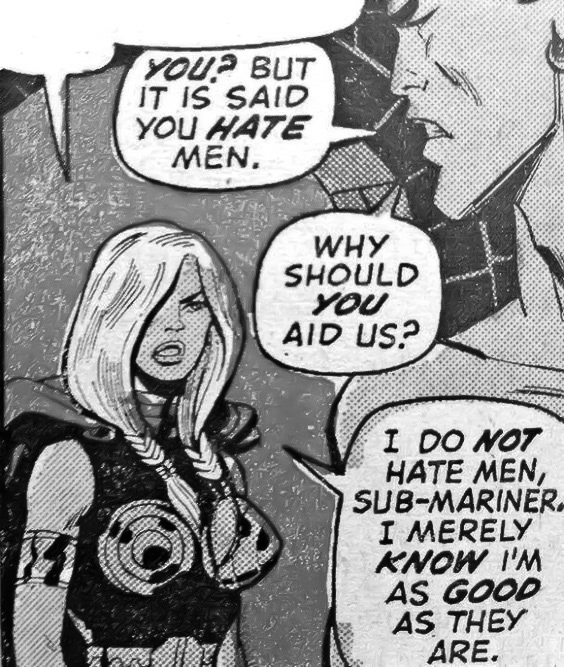
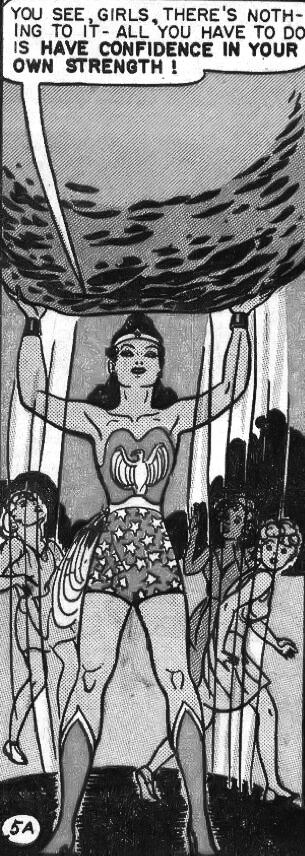

Whilst the comic book strips would have been a very interesting addition to the book, they did not suit the overall appeal and aesthetic of the book which mainly focuses around the photography of women as well. So whilst I enjoyed the thought of involving them in some form, I decided it would be best to look elsewhere.
The images below will be used in the divider layout and will be transformed into a grey scale format to best suit the overall aesthetic of the book




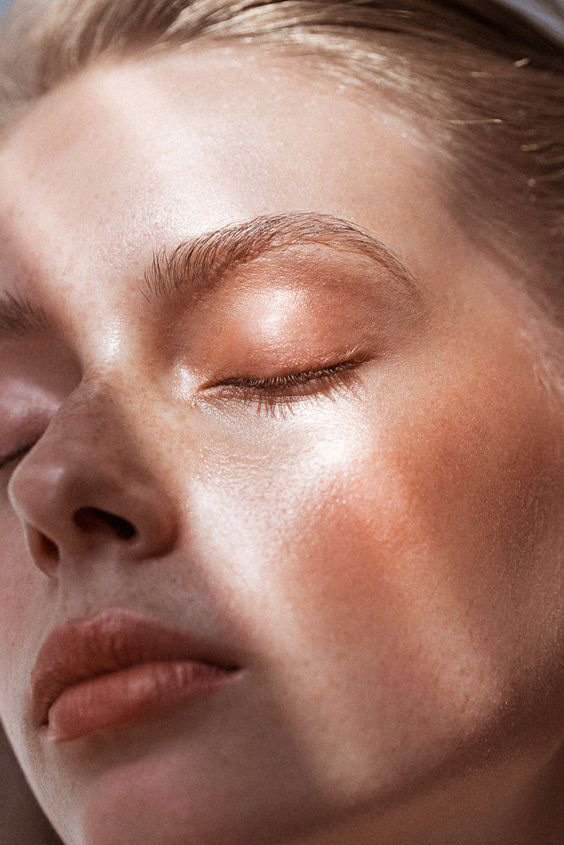

Image 1: ‘Woman with Flowers’, taken by Maise Cousins, 2015.
Image 2: Untitled, taken by Chahong Ardor Atelier, 2016.
Image 3: Untitled, taken by Claire Plekhoff, date unknown
Image 3: Untitled, taken by Claire Plekhoff, date unknown
Image 4: ‘The Desire of Excellence’, taken by Marta Bevacqua, 2015
Image 5: ‘Into The Gloss’, taken by unknown, date unknown
Image 6: Aleece Wilson, taken by CARLOS+ALYSE, 2016.

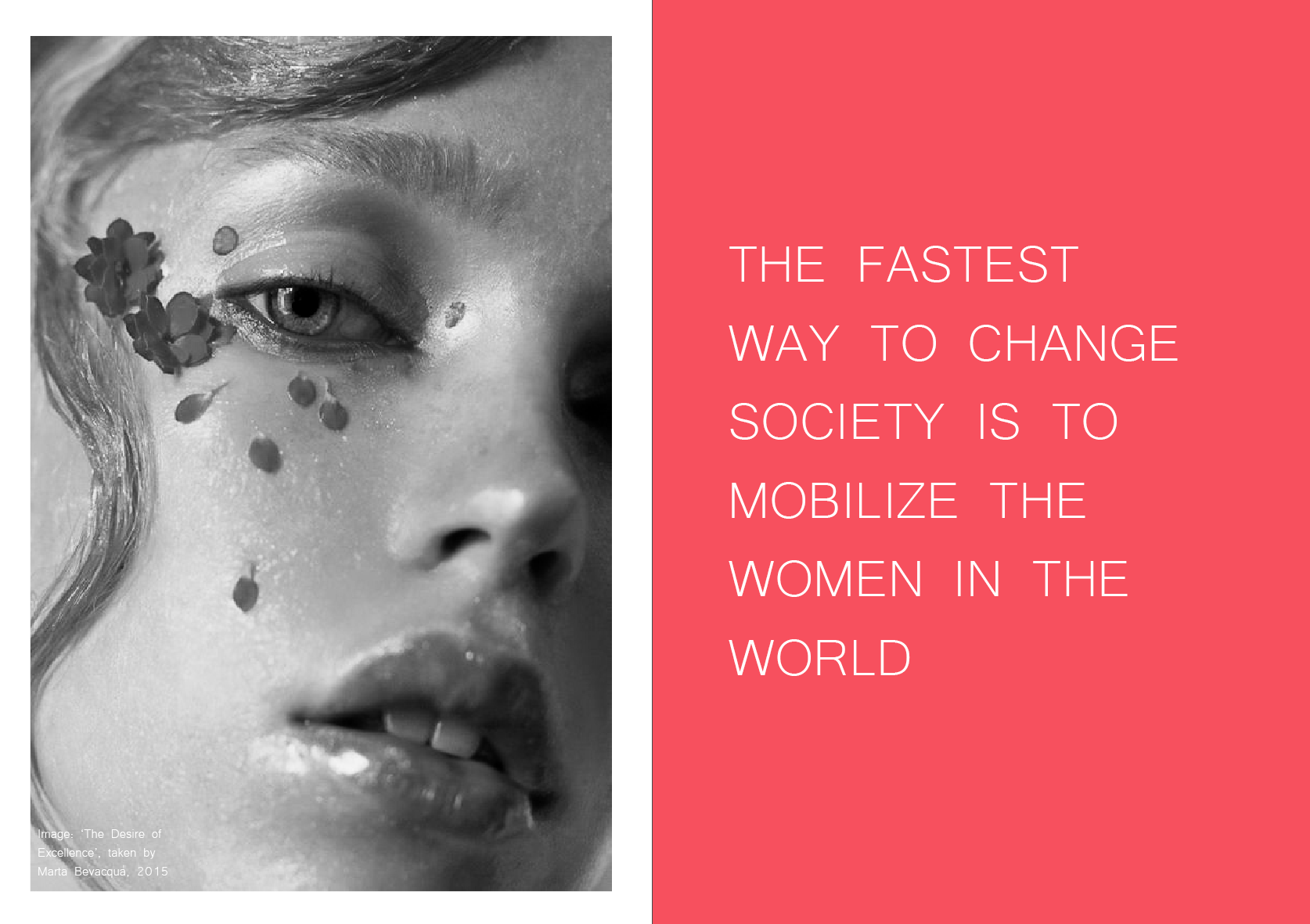


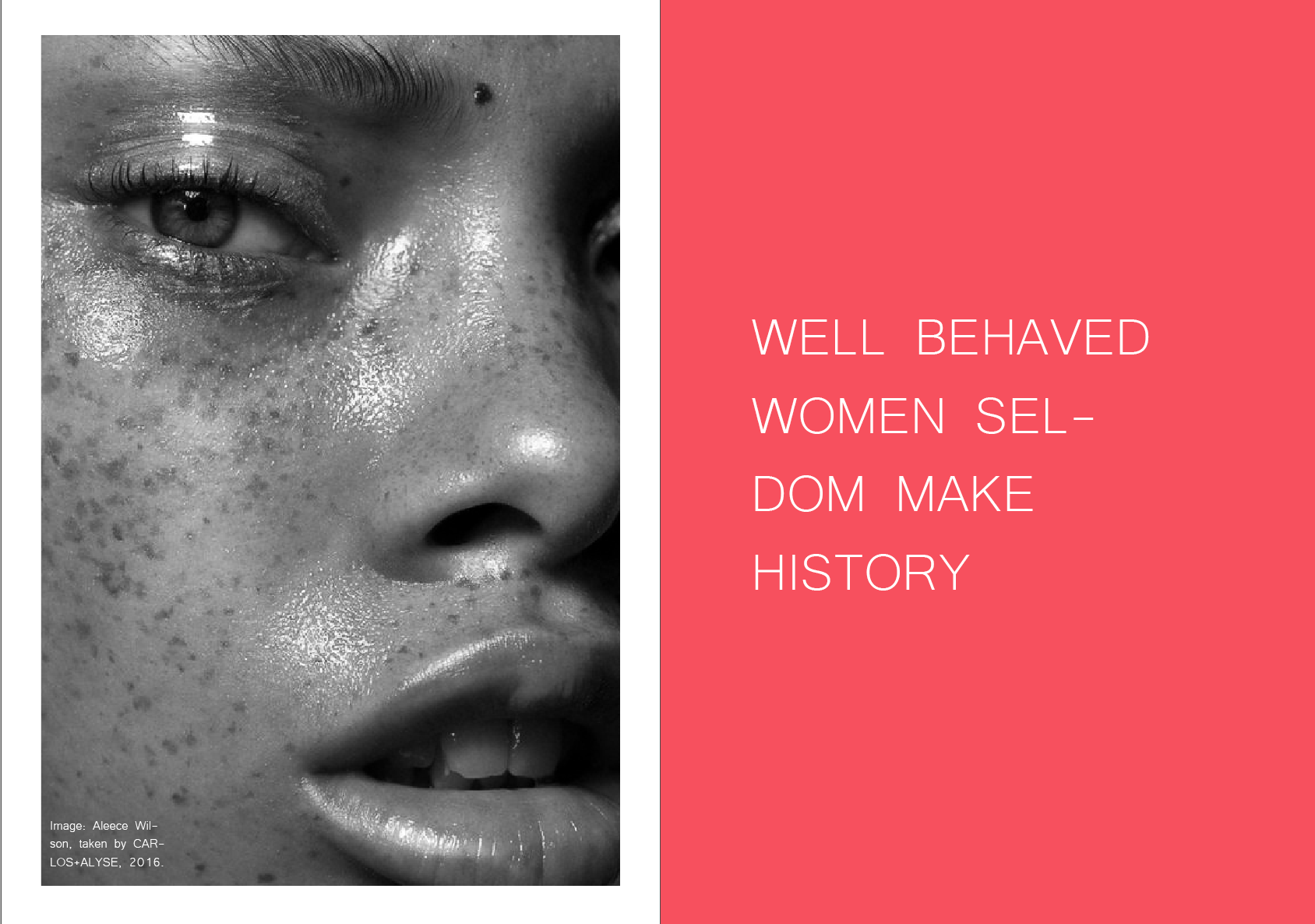

Images: Final images, layouts and quotes of the first form of dividers
For one of the two divider design there will be a small research and information component which comprises of different feminist groups and events throughout history that have helped in the fight for feminism and equality around the world. These activist groups and events have been placed in a timeline format with the Australian Suffragettes starting the timeline and the Time's Up movement finishing.
The Australian Suffragettes
The Suffragette movement spread across Australia due to the determination of women’s groups and organisations who advocated for women’s rights. They began their suffrage by publishing leaflets, organising debates and public meetings and engaging with members of parliament to push for women’s rights. Determined to secure voting rights for women, the suffragettes went door to door with their multiple petitions until Victory was first won on December 18th, 1984, when South Australian Women were right to vote and stand for Parliament. This legislation was a momentous achievement for women world wide as it was the first in the world to grant women’s suffrage and the right to stand for Parliament.
The National Woman's Party
Founded in 1913, the National Woman’s Party (NWP), founded by Alice Paul, played a groundbreaking role in the passage of the 19th Amendment and the Constitutional right for women to vote. Following the ratification of the 19th Amendment, the NWP fought for full Constitutional equality for women. After 1920, the NWP then strategically changed from protests to legal campaigns to advance equality across the United States and internationally.
Today, the NWP educate the public about the women’s rights movement, using the historic feminist library.
Today, the NWP educate the public about the women’s rights movement, using the historic feminist library.
The Women's Liberation Movement
The Women’s Liberation Movement was a collective struggle for equality that was most active during the 1960’s -1970’s, the movement sought to free women from oppression and male supremacy. The movement consisted of protests, female liberation group’s, advocacy, feminist theory and a diverse range of individual and group actions. The movement is often associated with second wave feminism.
Take Back The Night
Take Back The Night is an international non-profit organisation and event whose mission is to end sexual, relationship an domestic violence in all forms. The first Take Bake The Night march occurred in 1979, with the march attempting to give women and trans-women the right to feel safe and take back the night. with marches still occurring annually so that women can feel safe and unthreatened during the night, a time when most physical and sexual assaults and harassment occur.
The Women's March
The Women’s March began in 2017, the day after the inauguration ceremony of Donald Trump as President, in protest of his presidency and his anti-women and offensive statements. It was the largest single day protest in the U.S history and many other countries joined with their own marches. These global marches continue annually on the 21st of January in he attempt to harness political power for women and their communities. Women’s March is committed to dismantling systems of oppression through non-violent protests and resistance.
Time's Up
The ‘Time’s Up’ movement consists of over 300 women working within the entertainment industry who are fighting back against sexual harassment, assault and inequality in the work place for men and women alike. The movement began during a time in which sexual assault and harassment allegations were being heard in abundance across the entertainment industry and the world we live in. Time’s Up aims to link women together as sisters so that we may shift the paradigm of inappropriate workplace culture. The Time’s Up Legal Fund is a place for survivors to seek legal help and the public relations support that they need to regain their power and for their voice to be heard.
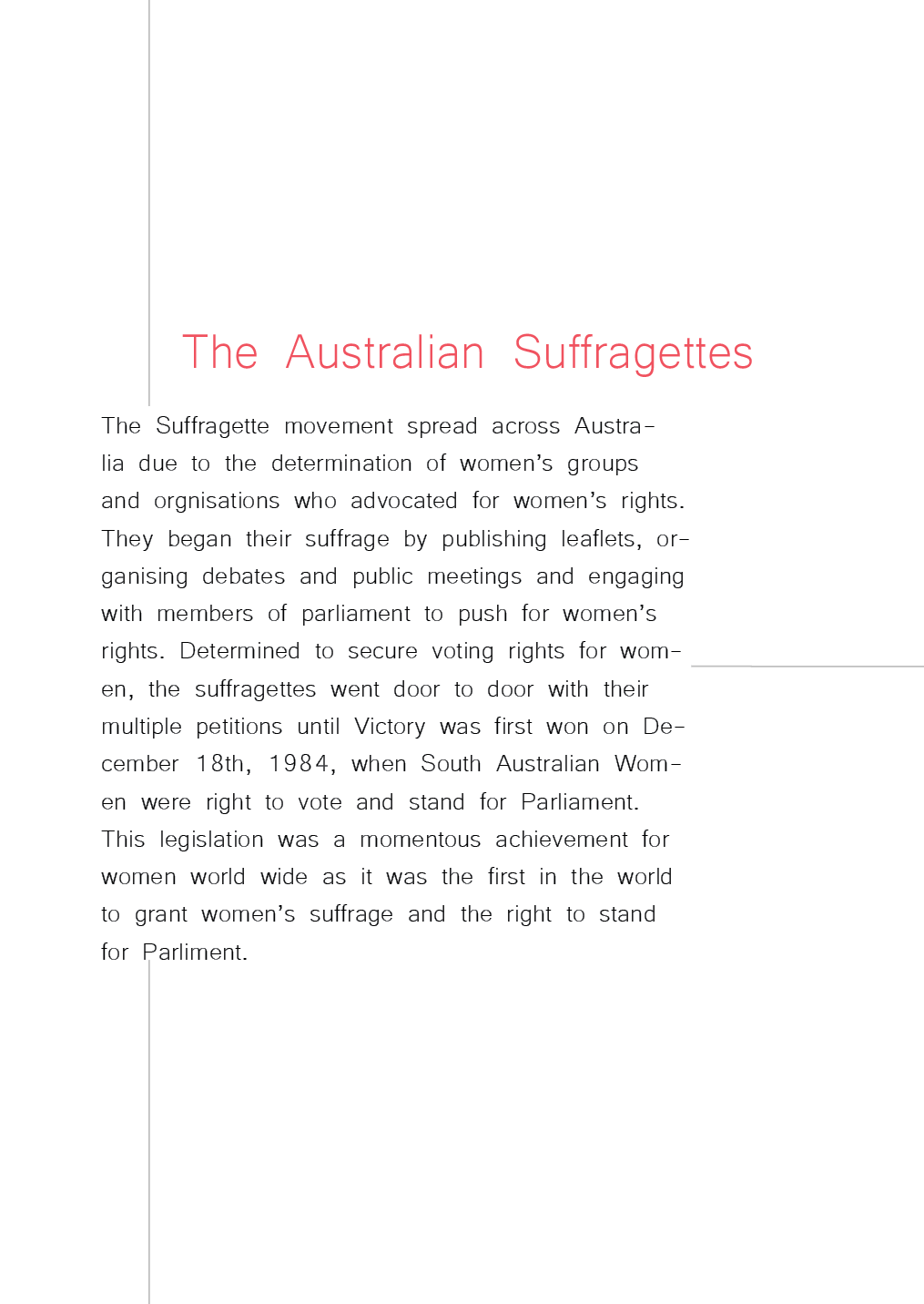
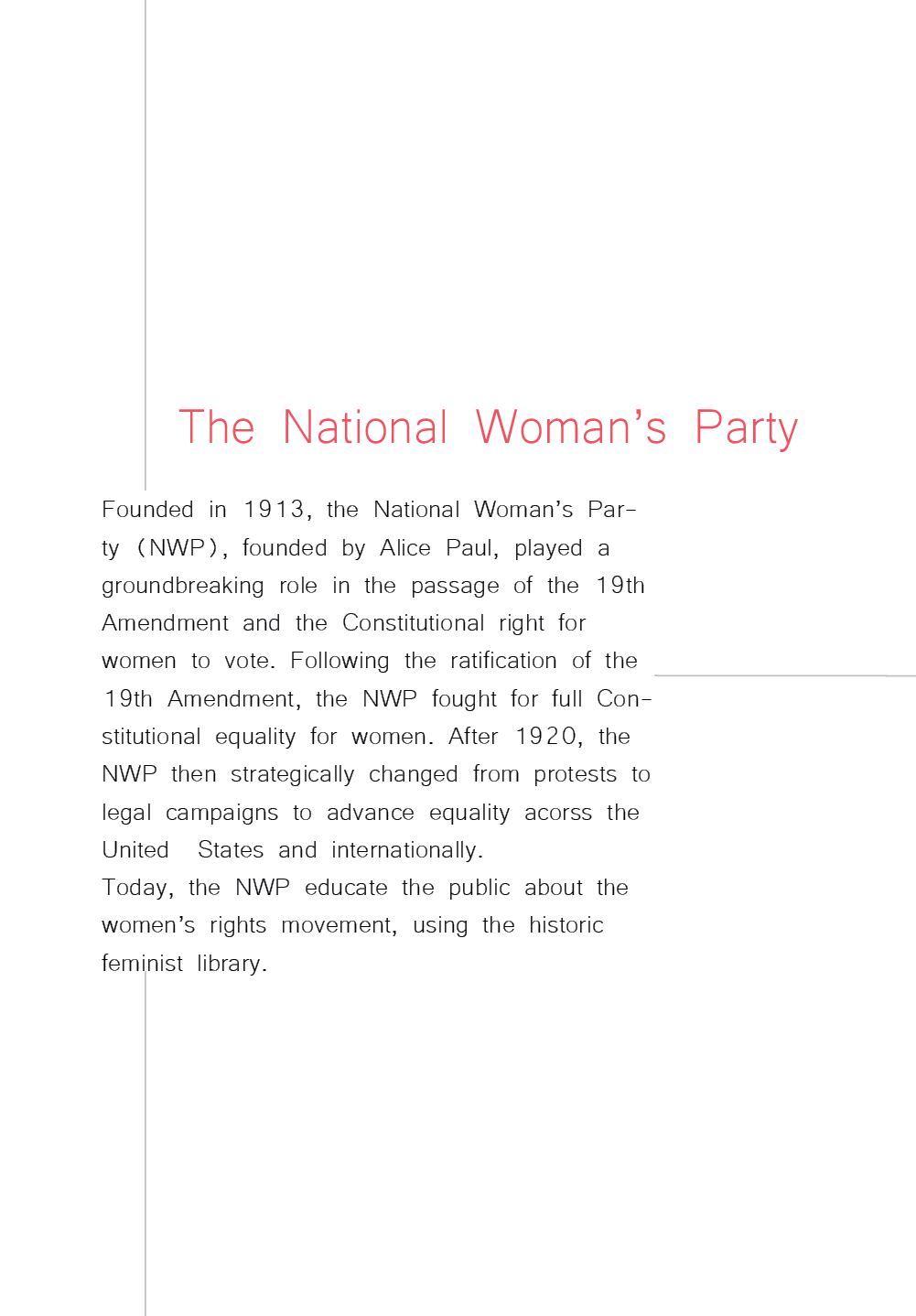
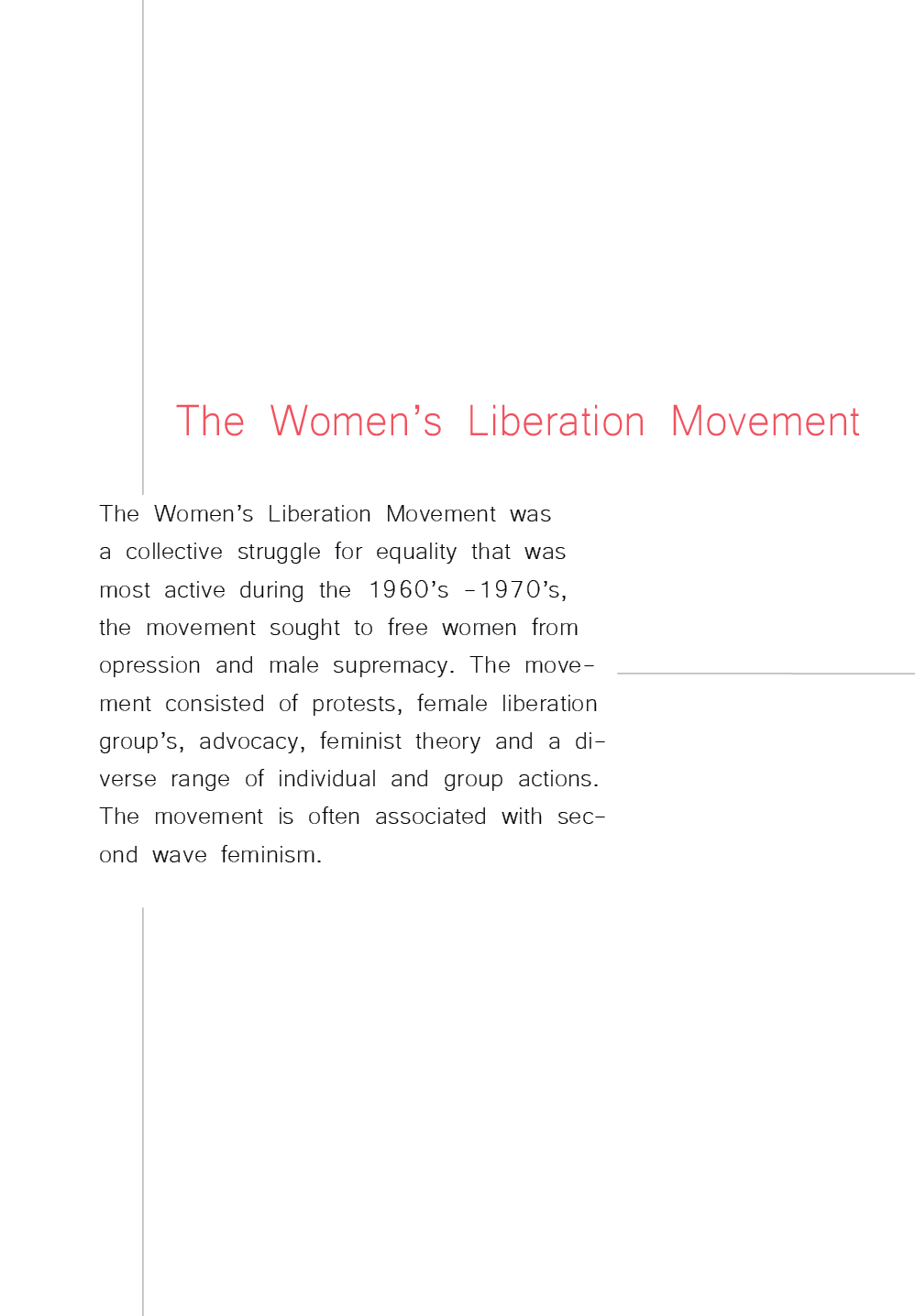
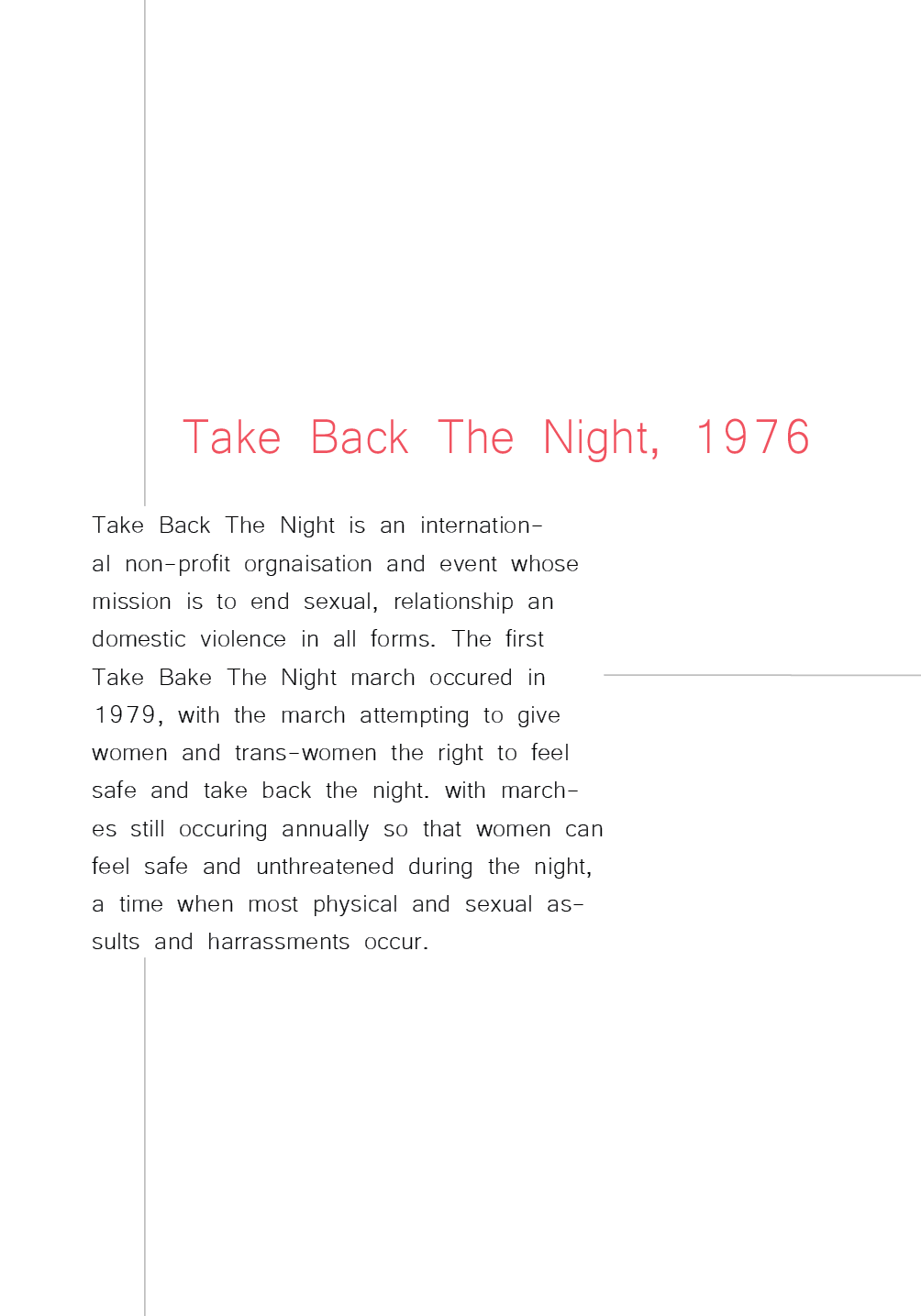

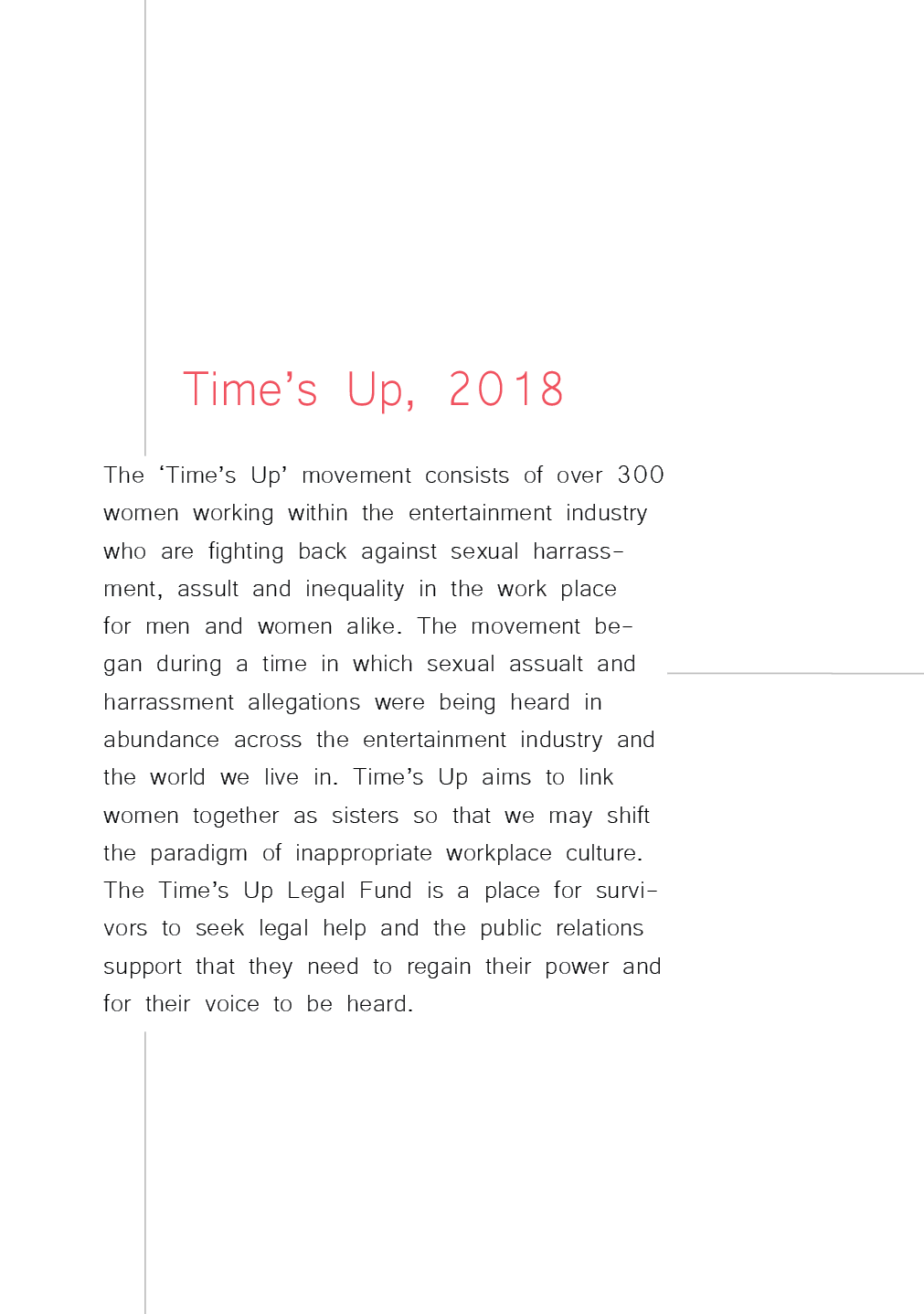
Images: Final layouts of timeline of feminist activist groups and events
What I Would Like To Achieve Next Week
Although I was unable to begin taking any images this week, I aim to take almost all images or at least majority of the subjects next week and begin editing them using Adobe Lightroom and adding to the books layout.